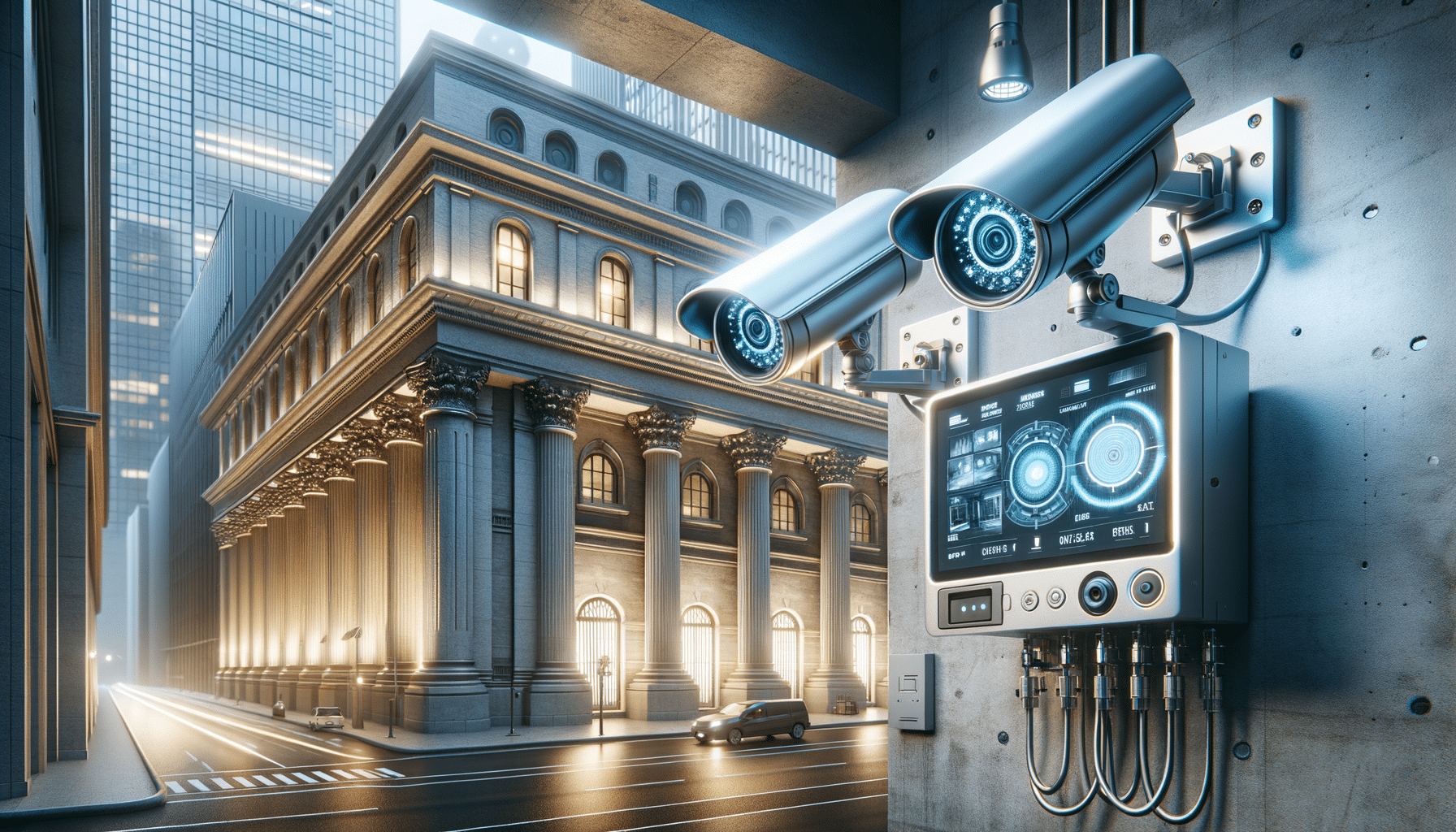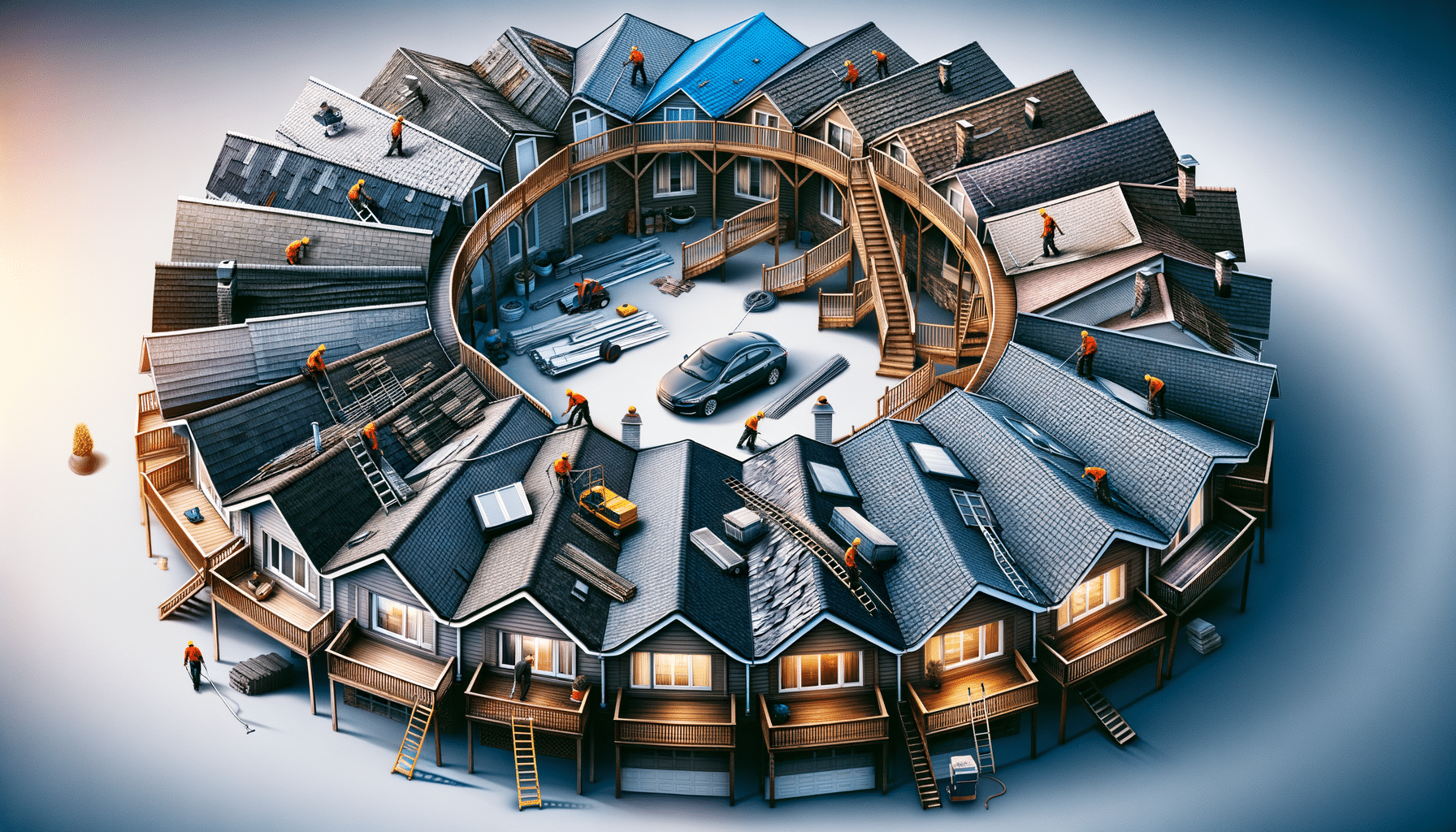
Advanced Security Solutions for Protecting Your Assets
The Evolution of Security Cameras
Security cameras have come a long way since their initial development. Originally, they were simple devices with limited capabilities, primarily used in high-security areas. Today, they have evolved into sophisticated systems that offer a wide range of features. The transition from analog to digital systems marked a significant leap, providing clearer images and more reliable storage solutions. Modern security cameras are equipped with advanced technologies like motion detection, night vision, and even facial recognition, making them indispensable tools for both residential and commercial properties.
The integration of smart technology has further enhanced the functionality of security cameras. With the advent of the Internet of Things (IoT), these devices can now be controlled remotely via smartphones or computers. This connectivity allows users to monitor their properties in real-time, no matter where they are. Furthermore, advancements in artificial intelligence have enabled cameras to analyze footage and identify potential threats automatically, reducing the need for constant human supervision.
Another noteworthy development is the miniaturization of camera components, which has led to the creation of discreet, unobtrusive devices that can be easily installed in any environment. This evolution has not only improved security but also increased the accessibility of these systems to a broader audience, making them a viable option for homeowners and small businesses alike.
Key Features to Consider
When selecting a security camera system, it’s crucial to consider several key features to ensure it meets your specific needs. One of the most important aspects is image quality. High-definition cameras provide clearer, more detailed images, which are essential for identifying individuals and incidents accurately. Look for cameras with at least 1080p resolution to ensure optimal performance.
Another critical feature is night vision capability. Many security breaches occur under the cover of darkness, making it vital for cameras to function effectively in low-light conditions. Infrared technology is commonly used in security cameras to provide clear images even in complete darkness. Additionally, some cameras offer color night vision, which can be beneficial for capturing more detailed footage.
Other features to consider include motion detection, which can trigger alerts and start recording only when movement is detected, saving storage space and making it easier to review footage. Some advanced systems also offer two-way audio, allowing you to communicate with individuals on your property, and weatherproofing, ensuring the cameras can withstand various environmental conditions.
Installation and Maintenance Tips
Proper installation is crucial for the effectiveness of your security camera system. Begin by identifying the most vulnerable areas of your property, such as entry points and secluded spots, and position your cameras to cover these areas. Ensure that the cameras are mounted at a height that prevents tampering but still provides a clear view of the targeted area.
Wiring is another important consideration. If you’re using wired cameras, plan the cable routes carefully to avoid creating tripping hazards or exposing the cables to potential damage. For wireless systems, ensure that the cameras are within range of your Wi-Fi network to maintain a stable connection.
Regular maintenance is essential to keep your security cameras functioning optimally. Clean the lenses periodically to prevent dirt and debris from obstructing the view. Check the camera’s firmware for updates, as manufacturers often release improvements and security patches. Additionally, test the system regularly to ensure that all components are working correctly and that the footage is being recorded and stored properly.
Legal and Privacy Considerations
While security cameras are valuable tools for protecting your property, it’s important to be aware of legal and privacy considerations. Laws regarding surveillance vary by region, so it’s essential to familiarize yourself with local regulations before installing a security system. In general, it’s legal to record video in public areas, but there are restrictions on audio recording and surveillance in private spaces.
Respecting the privacy of others is crucial. Avoid pointing cameras at neighboring properties or areas where individuals have a reasonable expectation of privacy, such as bathrooms or bedrooms. Clearly visible signage indicating the presence of surveillance cameras can help inform visitors and deter potential intruders.
Additionally, be mindful of data protection laws. Ensure that any footage you collect is stored securely and accessed only by authorized individuals. If you employ a third-party monitoring service, verify that they comply with relevant privacy regulations to protect the data collected by your security cameras.
The Future of Security Cameras
The future of security cameras is promising, with continuous advancements in technology paving the way for even more sophisticated systems. Artificial intelligence is expected to play a significant role in the evolution of security cameras, enabling them to learn and adapt to changing environments. This capability will enhance their ability to identify potential threats and reduce false alarms.
Integration with smart home systems is another trend shaping the future of security cameras. As more households adopt smart technology, security cameras will become an integral part of comprehensive home automation solutions, offering seamless control and monitoring capabilities.
Furthermore, the development of more energy-efficient components will result in longer-lasting, sustainable security solutions. Solar-powered cameras, for example, are becoming increasingly popular, providing an eco-friendly alternative to traditional systems. As technology continues to evolve, security cameras will undoubtedly become even more effective and accessible, offering enhanced protection for both residential and commercial properties.


